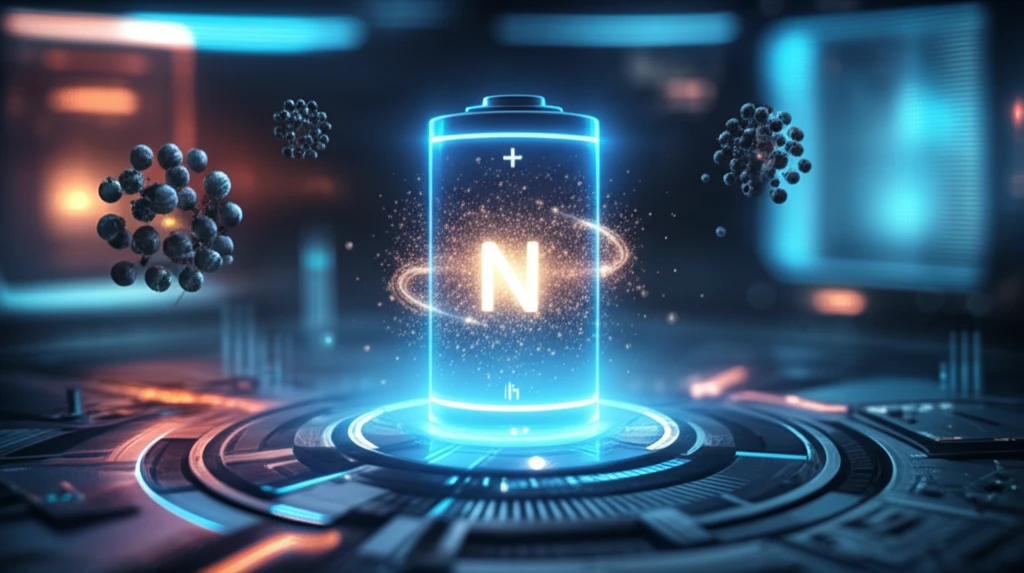
Supercharge Your Batteries: How This Innovation Could Double Your Device Lifespan
"Scientists are exploring a new method using Nb-doping and surface modification to dramatically improve the performance and stability of lithium-ion batteries, promising longer-lasting devices and enhanced safety."
In today's fast-paced world, our reliance on portable electronic devices is greater than ever. From smartphones and laptops to electric vehicles, lithium-ion batteries power our lives. However, the quest for batteries that last longer, charge faster, and operate more safely is a continuous challenge. Every day, users face challenges related to battery life, prompting innovative solutions to meet these growing demands.
Recent research has focused on improving the very core of lithium-ion batteries: the cathode material. One promising approach involves modifying the composition and structure of these materials to enhance their performance. This article delves into a fascinating study that explores how doping and surface modification of cathode materials can lead to significant improvements in battery performance.
This study highlights the use of niobium (Nb) doping and lithium niobate (Li3NbO4) surface modification on lithium nickel manganese cobalt oxide (LiNi0.6Co0.2Mn0.2O2), also known as NCM622, to improve battery cycling performance and thermal stability. The study suggests that these modifications lead to more durable and safer batteries, setting the stage for longer-lasting devices.
Understanding Niobium Doping and Surface Modification: A Game Changer for Battery Technology?

The study investigates the impact of doping NCM622 cathode material with niobium (Nb) and modifying its surface with Li3NbO4. These modifications are designed to address common issues that degrade battery performance over time, such as capacity fade and thermal instability. Niobium doping involves incorporating niobium ions into the crystal structure of the cathode material, while surface modification involves coating the cathode particles with a thin layer of Li3NbO4.
- Enhanced Thermal Stability: Niobium doping helps suppress the decomposition of the NCM622 cathode material.
- Improved Cycling Performance: Batteries modified with both niobium doping and Li3NbO4 surface coating demonstrated excellent cycling performance.
- Capacity Retention: After 500 charge-discharge cycles, these batteries retained 91.4% of their initial capacity, a substantial improvement over unmodified batteries.
The Future is Bright: A New Era for Battery Technology
The advancements highlighted in this study represent a significant step forward in battery technology. By carefully manipulating the composition and structure of cathode materials, researchers are paving the way for batteries that are not only more durable and efficient but also safer to use. As demand for high-performance batteries continues to grow, innovations like niobium doping and surface modification will play a crucial role in shaping the future of energy storage. These findings promise longer-lasting devices, reduced electronic waste, and a more sustainable future, powered by innovative battery technology.
